Written by Jesse Vondracek, NSCA CSCS and Professional Triathlete
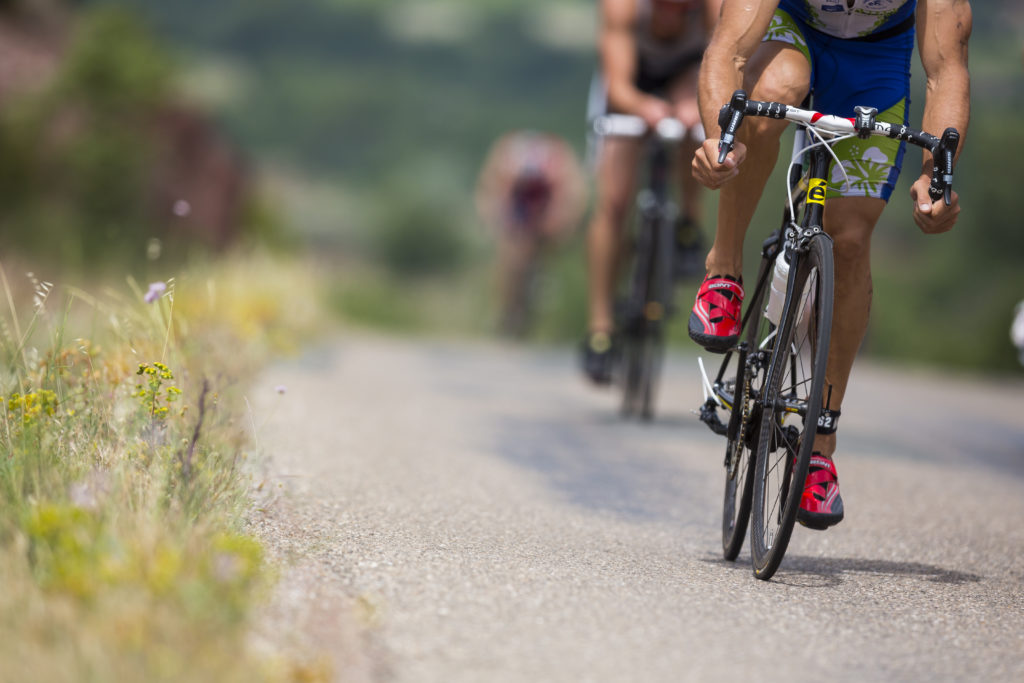
We have all been there, diagnosed with some sort of “overuse” injury. We’re told the best thing to do is nothing in order to let it heal properly. I would like to argue that there is no such thing as overuse. Our cardiovascular system is not strong enough to overuse our bodies if we are moving with perfect mechanics. Therein lies the problem. We do not have perfect mechanics. We all have some form of imbalance. Imbalances stem from a variety of causes, one’s body is slightly asymmetric, having a dominant hand, driving a car, playing a one-sided sport (tennis, golf, etc.), or just living life.
The stronger all of our muscles are, the harder it is for us to bring out our poor mechanics. Or, if we strengthen our weaknesses, our mechanics will improve through proper training. This allows us to use our bodies more before we get near the overuse line. The key here is we need to strengthen our muscles in the correct way. If I go to the gym and do thirty squats every day with heavy weight and bad form, I will become more injury-prone because I am reinforcing poor mechanics. This makes it paramount to start off a lifting program gradually, with correct form being the only focus.
3 Core Lifts You Should Be Doing
Let’s focus on the lower body. The three main exercises that target all of the major muscle groups are squats, deadlifts, and lunges. If done correctly, all three of these lifts will activate the glutes and quads. However, each lift will activate the muscles differently, changing the dominant muscle group. This is important because when riding and running, we need to be able to engage both our quads and glutes as a source of power. Ideally, we become well-rounded enough that both are equally fatigued when we cross the finish line. Our sport can be very quad dominant. If you have ever gotten off the bike and felt like you had to march the run, this is because you relied solely on your quads. The glutes are our largest muscle, so it is in our best interest to learn how to engage them.
In order to reap the benefit of these exercises proper form is crucial. If you’re new to a strength program, I recommend working with a strength coach or physical therapist to help you establish proper form and muscle recruitment. One thing to remember for good form, it’s all in the knees. Well, not really, but the knees are a place where we can see movement. In most lifts, one thing to keep a close eye on is how your knee is tracking. Your knee should stay over your mid-foot, not creeping past your toes. Also, your knee should not cave in or dive out laterally…ever. This is true for our three most basic lifts, squats, deadlifts and lunges. Here are a few guidelines for proper lifting technique during these core exercises.
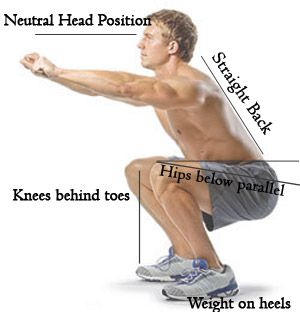
The Squat
Squats are the best opportunity for you to engage your glutes. Although squats may often be thought of as a quad exercise, as you stand back up you really need to drive up from your glutes. When doing squats, you want to have your feet shoulder-width apart, toes slightly pointed out. You then sit back and try to get your hips as low as you can (goal being femurs parallel to the floor) with your back straight, chest up, and your knees staying behind your toes or mid-foot. You can add in variations with weight or even progressing to one legged squats with your other leg straight out in front of you.
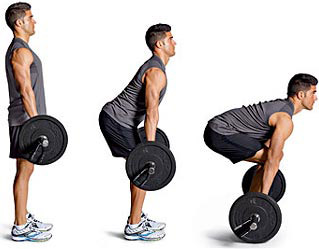
The Deadlift
Deadlifts are a skill. Unlike the squat where your hips go down, the deadlift is a hinge. This makes a proper deadlift the ultimate glute worker. Your hips hinge backward to reach down with a flat back. You lift up by hinging your hips forwards. As you do this focus on squeezing from the glutes to snap your hips forward. It’s best to start out with low weight with just a single kettlebell in order to learn the movement.
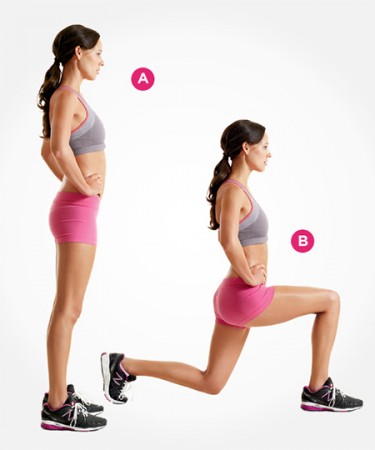
The Lunge
The lunge is a very common lift. The key is to keep the knee over the ankle and like the rest of these lifts, do not let your knees cave in or dive out. These can be done walking or stepping backwards, with body weight, free weights, kettle bells, or a barbell.
Even though our legs are our primary focus, core work and some upper body work is important for total body health. I like to incorporate planks, side planks, the ab wheel (yes from the infomercials), reach outs with jungle gym bands, inchworms, and renegade rows. I also think pull ups, push ups, chin ups, inverted rows, and shoulder press are good all-around upper body exercises.
Lifting is as important as the swim, bike, and run. The hard part is fitting it in, right? Remember, a little goes a long way. Lifting two times a week is plenty for the multisport athlete. It helps to break the lifts up into an “A” day and a “B” day, that way you do each lift once a week. Three to four sets of 6 to 12 reps is a good volume range for the average triathlete. A progressive cycle for the weight range is a good starting point, which means first adding more reps for a few consecutive weeks, then start over with more weight and possibly less reps if needed. Just like with your normal training, make sure to have a down week once in awhile. Try to maintain a lifting program through your competition season, but back off on both reps and weight. The most important thing is to try to maintain your strength with a little to no cost to your total body stress. By maintaining a lifting program, you’re keeping your muscles engaged throughout the entire year, preventing injury and giving you a stronger engine during the season. It also makes the transition from one phase of training to another much easier than if you were to totally skip any strength program for any length of time. Remember, focus on perfect form, lift within yourself, and have fun!
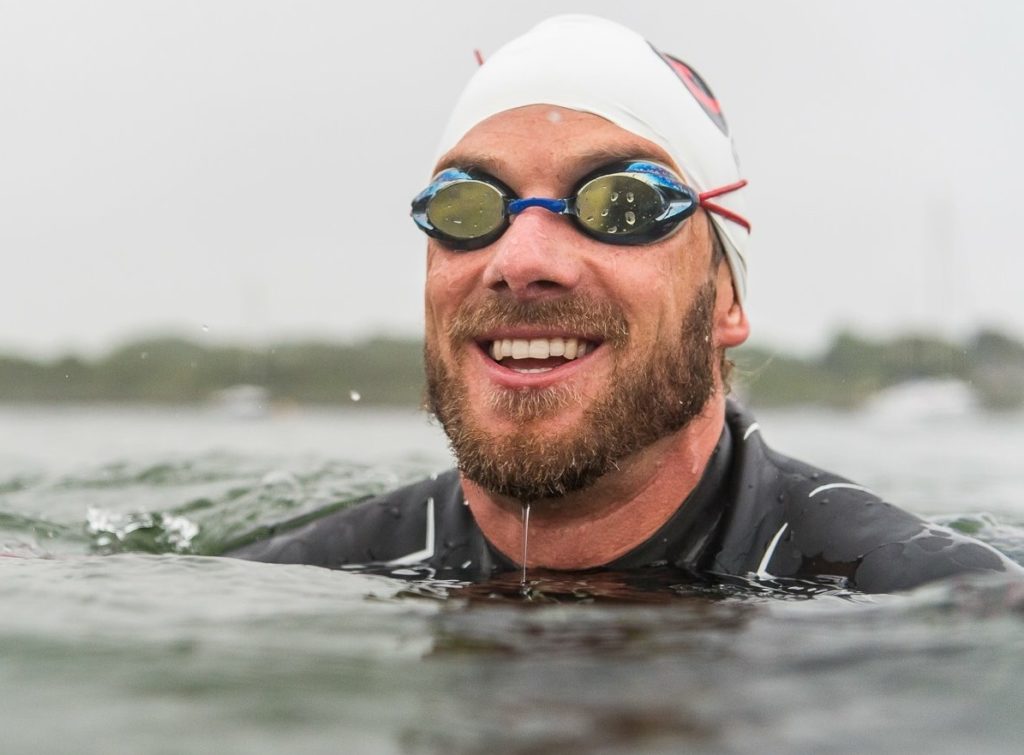 About the Author: Jesse Vondracek is a Professional Triathlete with an IRONMAN PR of 8:27. He has raced in hundreds of triathlons, 19 IRONMANs, and has 0 DNFs. Jesse is the Head Coach at Top Step Training. He lives and trains with his wife Amy Cole and their two mutts. He can be reached at www.topsteptraining.com or Jesse Vondracek on Facebook.
About the Author: Jesse Vondracek is a Professional Triathlete with an IRONMAN PR of 8:27. He has raced in hundreds of triathlons, 19 IRONMANs, and has 0 DNFs. Jesse is the Head Coach at Top Step Training. He lives and trains with his wife Amy Cole and their two mutts. He can be reached at www.topsteptraining.com or Jesse Vondracek on Facebook.
